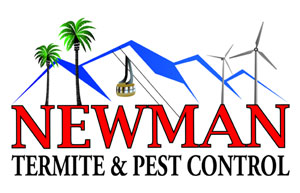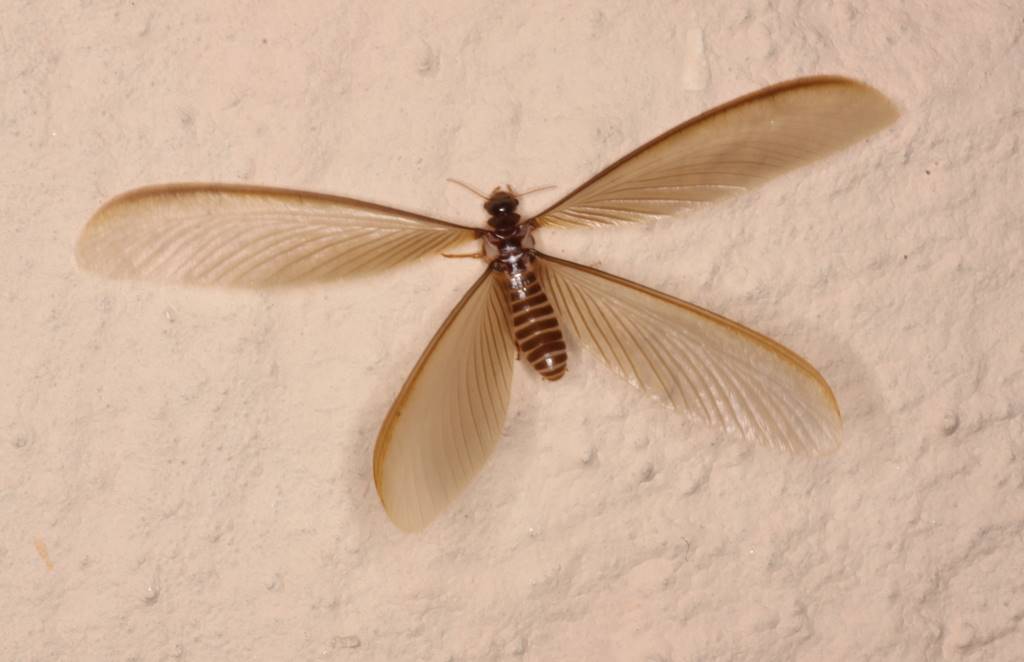Are you struggling to tell the difference between termites and flying ants? Don’t worry, we’ve got you covered! In this article, we will help you identify these pesky insects and learn how to spot the telltale signs.
By understanding their physical appearance, swarm behavior, nesting habits, and the damage they can cause to wood, you’ll be equipped to take control and protect your home.
So let’s dive in and become a termite-fighting expert!
Physical Appearance
Termites and flying ants can appear similar, but there are distinct physical differences between the two.
Let’s start by looking at their life cycle stages. Termites go through a complete metamorphosis, which means they have egg, nymph, and adult stages. On the other hand, flying ants go through an incomplete metamorphosis, with egg, nymph, and adult stages as well, but without a pupal stage.
Now, let’s talk about their geographic distribution. Termites are found all over the world, except in Antarctica, while flying ants have a more limited distribution. They are commonly found in temperate and tropical regions.
Swarm Behavior
To differentiate between termites and flying ants, you can observe their swarm behavior. Here are some key points to help you understand the difference:
- Termites typically swarm during the spring season, while flying ants swarm in the summer.
- Termites have straight antennae, while flying ants have bent antennae.
- Termites have a thick waist, while flying ants have a narrow waist.
- Termites have equal-sized wings, while flying ants have front wings that are larger than their hind wings.
- Termites are known for their destructive behavior, causing damage to wooden structures, while flying ants do not pose the same level of threat.
Understanding the swarm behavior of these insects can help you identify whether you are dealing with termites or flying ants. It is important to differentiate between the two, as their reproduction patterns and environmental impact can vary significantly.
Nesting Habits
Swarm behavior can provide valuable insights into the nesting habits of these insects.
Termite colonies are known for their extensive underground nests, which can be found in soil, wood, or even concrete. These nests are usually complex structures, consisting of tunnels, chambers, and multiple levels. The termites work together to build and maintain their nest, constantly repairing and expanding it as needed.
On the other hand, flying ant mating behavior is quite different. Flying ants are known to swarm in large numbers during their mating season. They gather in specific locations, such as trees or buildings, and engage in a mating frenzy. After mating, the female ants will search for a suitable nesting site to start their own colony.
Understanding the nesting habits of termites and flying ants can help in identifying and managing these insect populations effectively.
Wood Damage
Wood damage caused by these insects can be extensive and costly to repair. Termites are notorious for their ability to feed on wood, causing structural damage to homes and buildings. This is an important aspect to consider when dealing with termite infestations, as the significance of wood damage cannot be understated.
The impact of wood damage on property value is also significant. When a property is infested with termites and has extensive wood damage, its value can significantly decrease. Potential buyers are often deterred by the thought of having to deal with costly repairs and ongoing termite treatments. Therefore, addressing wood damage caused by termites is crucial for maintaining or increasing property value.
Below is a table that showcases the significance of wood damage in termite infestations and its impact on property value:
| Significance of Wood Damage | Impact on Property Value |
|---|---|
| Extensive and costly to repair | Decreases property value |
| Weakens the structural integrity | Deters potential buyers |
| Can lead to safety hazards | Decreases marketability |
| Requires ongoing maintenance | Increases financial burden |
It is clear that wood damage caused by termites has a significant impact on both the structural integrity of a property and its overall value. Taking proactive measures to prevent and address termite infestations can save you from expensive repairs and help maintain the value of your property.
Pest Control Measures
If you want to prevent infestations and protect your property, it’s important to implement effective pest control measures. Here are some ways you can keep pests at bay:
- Regular inspections: Hiring a professional pest control company can help identify any potential infestations before they become a major problem.
- Professional pest control: The benefits of hiring professionals include their expertise in dealing with different types of pests and using safe and effective methods to eliminate them.
- Sealing entry points: By sealing any cracks or gaps around your property, you can prevent pests from entering and establishing nests.
- Natural remedies: There are many natural remedies available that can help repel pests, such as using essential oils, vinegar, or diatomaceous earth.
Frequently Asked Questions
Can Termites and Flying Ants Cause Any Health Hazards to Humans?
Termites and flying ants can pose health risks to humans. They can cause structural damage to your home and lead to costly repairs. Additionally, termites can trigger allergies and asthma symptoms in some individuals.
To prevent these health hazards, it is important to take preventive measures such as regular inspections, maintaining proper ventilation, and eliminating any sources of moisture in your home.
How Long Do Termites and Flying Ants Typically Live?
Termites and flying ants have different life spans and reproductive cycles. Understanding these differences can help you identify them accurately.
Termites typically live for several years, while flying ants have a shorter life span of a few weeks to a few months.
Termites have a slower reproductive cycle, with the queen laying eggs throughout the year, while flying ants have a more rapid reproductive cycle during specific seasons.
Knowing these distinctions can assist you in distinguishing between the two.
Do Termites and Flying Ants Have Any Natural Predators?
Termites and flying ants are both pests that can cause damage to ecosystems. They do have natural predators, which help control their populations. Predation on termites and flying ants plays a crucial role in maintaining a balance in the ecosystem.
These pests are often targeted by various animals, such as birds, reptiles, and mammals, who prey on them. The impact of termites and flying ants on ecosystems can be significant, as they can disrupt soil structure and vegetation growth.
Can Termites and Flying Ants Cause Damage to Outdoor Structures or Furniture?
Termites and flying ants can indeed cause damage to outdoor structures and furniture. These pests can chew through wood, causing structural damage to decks, fences, and even the foundation of your home. Additionally, they can damage furniture made of wood or other materials.
It’s important to identify and address infestations early to prevent further damage. Regular inspections and proper pest control measures can help protect your outdoor structures and furniture from the harmful effects of termites and flying ants.
Are Termites and Flying Ants Found in All Regions of the World?
Termites and flying ants can be found in various regions of the world due to their global distribution. The presence of these insects is influenced by environmental factors such as temperature, humidity, and availability of food sources.
It is important to understand the difference between termites and flying ants to properly identify and address any potential damage they may cause to outdoor structures or furniture.
Conclusion
So, now that you know how to identify the difference between termites and flying ants, you can take the necessary steps to protect your home.
Remember to look closely at their physical appearance, observe their swarm behavior, and pay attention to their nesting habits and wood damage.
If you suspect an infestation, it’s best to call a professional pest control service to effectively eliminate these pests and prevent further damage to your property.
Stay informed and proactive to keep your home termite-free!

